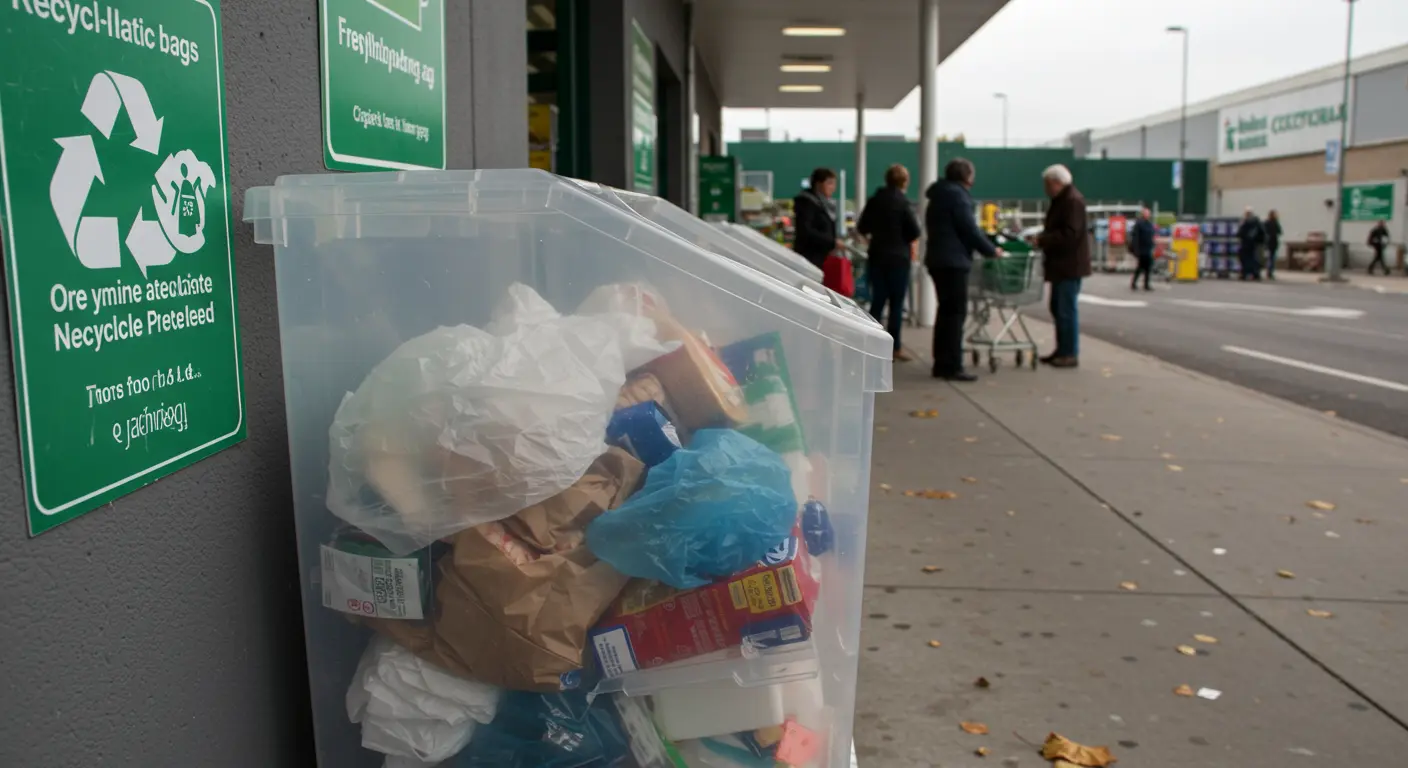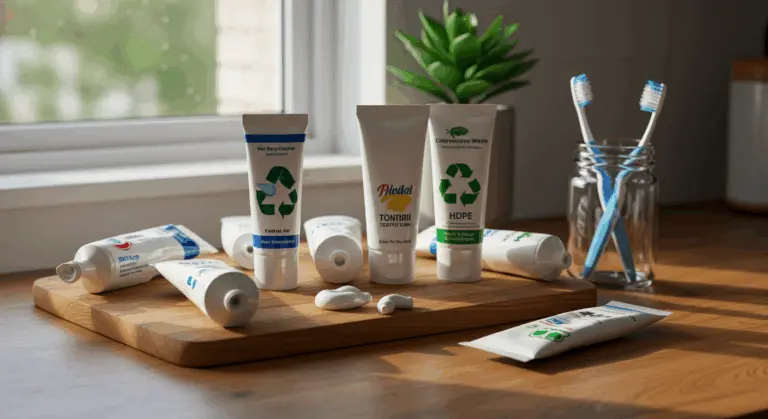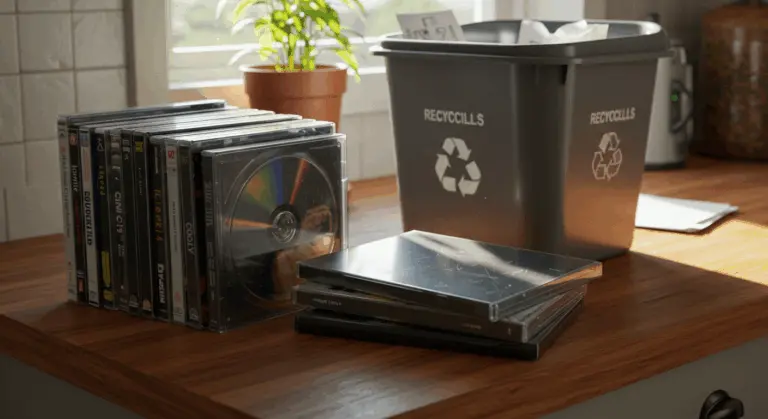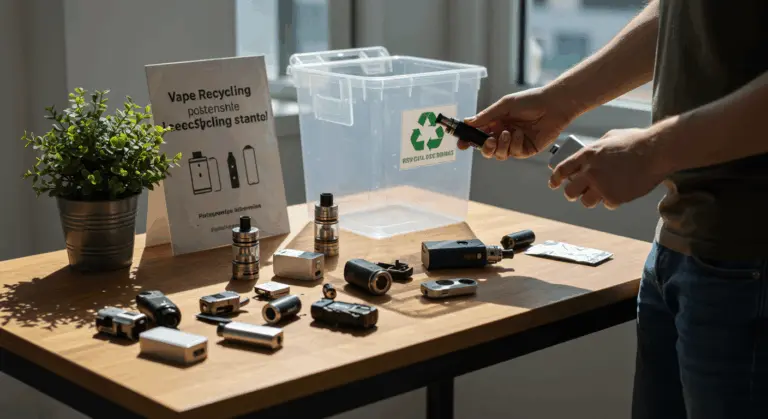Understanding Plastic Bag Recycling
Plastic bag recycling operates differently from your typical curbside programs. While bottles and containers follow familiar routes, plastic bags and wraps—collectively known as plastic film—demand specialized handling at dedicated drop-off locations. This important distinction often leaves consumers puzzled, despite being essential for effective recycling.
The key rule: plastic bags and wraps should NOT be placed in most curbside recycling bins. Take them instead to participating retail stores with dedicated plastic film collection points. Major grocery chains, shopping malls, and many media to large retail stores often provide these specialized recycling bins near their entrances.
Why this separation? Plastic bags disrupt standard recycling operations. Their lightweight, flexible nature causes them to jam sorting equipment—jamming machinery, reducing efficiency, causing costly breakdowns, and creating safety hazards for workers who must manually extract them.
What Types of Plastic Bags Can Be Recycled?
Not all plastic bags earn recycling status. Their fate hinges on material type and condition.
Recyclable bags include those made from bags crafted from High-Density Polyethylene (HDPE) and Low-Density Polyethylene (LUPE). This category encompasses:
-
Grocery bags
-
Bread bags
-
Produce bags
-
Newspaper bags
-
Dry cleaning bags
-
Plastic retail bags with the #2 or #4 recycling symbol
-
Plastic film packaging around paper products and beverages
-
Bubble wrap and air pillows (deflated)
-
Plastic shipping envelopes (with paper labels removed)
These items must arrive clean, dry, and pristine—free from food residue or contaminants. Contaminated bags can ruin entire recycling batches.
However, certain plastic bags and wraps remain off-limits for store drop-off programs:
-
Biodegradable or compostable plastic bags
-
Pre-washed salad bags
-
Frozen food bags
-
Candy wrappers
-
Chip bags
-
Six-pack rings
-
Bags with excessive paint or glue
-
Laminated paper bags with plastic film layers
Uncertain about a bag’s recallability? Look for recycling symbols and numbers on the packaging itself. Recyclable bags usually display #2 (HDPE) or #4 (LUPE) symbols. No recycling information visible? Consider repurposing the bag rather than risking contamination.
Where to Recycle Plastic Bags
Plastic bags and film cannot go in curbside bins. They demand specialized collection points instead. Many convenient drop-off locations are available.
Retail stores are central to plastic bag recycling. Numerous major retailers and grocery chains offer plastic film recycling programs:
-
Supermarkets and grocery stores
-
Big-box retailers
-
Shopping malls
-
Home improvement stores
-
Pharmacy chains
These locations typically have designated collection bins near the store entrance or customer service area.
Finding a nearby drop-off location? Start by checking directly with local grocery or department stores. Many retailers don’t prominently advertise their recycling programs, so don’t hesitate to ask customer service if collection bins aren’t immediately visible. Resources like Earth911’s recycling locator can also pinpoint plastic bag recycling points using just your zip code.
Preparing bags for drop-off requires attention to detail:
-
Remove any paper receipts or labels
-
Cut off sealable zippers from sandwich bags
-
Make sure bags are clean and dry
-
Remove any non-recyclable components
No store drop-off program nearby? Transform your plastic bags into trash can liners or tackle other household tasks. When recycling and reuse aren’t viable, regular garbage disposal is better than contaminating recycling bins with equipment-jamming bags. Landfilling isn’t ideal, but it beats disrupting the entire recycling stream.
The Recycling Process for Plastic Bags
Once collected at retail drop-offs, plastic bags go through a specialized recycling process—vastly different from rigid plastic processing. Understanding this process illuminates why proper collection and preparation matter so much.
Plastic bag recycling involves these steps:
-
Collection and Transportation: After being deposited in store collection bins, plastic bags are bundled and transported to specialized plastic film recycling facilities.
-
Sorting and Quality Control: Workers sort through the materials to remove contaminants and non-recyclable items. This is why it’s crucial to only deposit clean, dry bags with labels and receipts removed.
-
Cleaning: The sorted plastic film undergoes washing to remove any remaining dirt, adhesives, or food residue.
-
Shredding and Grinding: Clean plastic bags are then shredded into small flakes or pellets.
-
Melting and Extrusion: These plastic flakes are melted down and formed into pellets or resin that serves as raw material for manufacturing.
-
Manufacturing into New Products: The recycled plastic is transformed into new items such as composite lumber for outdoor decking, playground equipment, park benches, or new plastic bags.
Unlike paper recycling’s fiber-breaking approach, plastic bag recycling preserves the polymer structure while reshaping it. This requires specialized equipment that standard municipal facilities typically lack.
Recycled plastic quality depends on consumer preparation. Contaminated or soggy bags face rejection during sorting—destined for landfills instead.
Interestingly: recycled plastic film often gets “upcycled” into far more durable products than the original bags. That park bench or deck crafted from recycled bags? It could outlast decades, dramatically extending the petroleum-based material’s useful life while keeping it from polluting our environment.
Environmental Impact of Plastic Bags
Plastic bags represent our throwaway culture and have environmental consequences that stretch far beyond their fleeting usefulness. Consider this: the average plastic shopping bag serves just 12 minutes before disposal, yet persists in our environment for centuries.
The environmental devastation includes:
-
Wildlife harm: Marine animals and birds frequently mistake plastic bags for food or become entangled in them. An estimated 100,000 marine animals die annually from plastic bag interactions.
-
Ecosystem disruption: As plastic bags break down into microplastics, they contaminate soil, waterways, and eventually enter the food chain.
-
Resource depletion: Conventional plastic bags are made from petroleum, a non-renewable resource. Their production consumes approximately 12 million barrels of oil annually in the United States alone.
-
Landfill burden: Less than 10% of plastic bags are recycled globally, with the vast majority ending up in landfills where they can take up to 1,000 years to decompose.
-
Climate impact: The production and disposal of plastic bags contribute to greenhouse gas emissions throughout their lifecycle.
Individual choices can make a real difference. Reducing plastic bag usage through reusable alternatives and properly recycling bags at store drop-offs can meaningfully reduce these environmental impacts. When bags transform into composite lumber or new products, their lifespan extends while virgin plastic demand shrinks.
Communities worldwide are fighting plastic bag pollution. Countless cities and countries have enacted bans or fees, with impressive results. Case in point: the UK’s plastic bag charge led to an impressive 86% reduction in single-use consumption.
Through conscious choices, consumers can help protect the environment. Every refused or properly recycled bag represents a meaningful stride toward planetary protection.
Alternatives to Plastic Bags
Growing awareness of plastic bags’ environmental toll has consumers actively seeking sustainable alternatives. Fortunately, Multiple options exist that can dramatically reduce our single-use plastic dependence while meeting daily needs.
Reusable shopping bags are the best alternatives. Crafted from cotton, canvas, jute, or recycled polyester, they endure hundreds of shopping expeditions—effectively replacing hundreds or thousands of disposable bags throughout their lifetime. Many fold into compact pouches that slip easily into purses or glove compartments, perfect for impromptu shopping runs.
Biodegradable and compostable bags present another avenue, though with crucial distinctions:
-
Plant-based bioplastic bags – Made from materials like cornstarch or potato starch, these bags break down more readily than petroleum-based plastics. However, many require industrial composting facilities to properly decompose.
-
Paper bags – While biodegradable and widely recyclable, paper bags have their own environmental footprint in terms of production resources. They’re best reused multiple times before recycling.
-
Truly compostable bags – Look for certification from organizations like the Biodegradable Products Institute (BPI) to ensure bags will actually decompose in home composting conditions.
For grocery shopping specifically, mesh produce bags work well as alternatives to those flimsy plastic produce bags. These lightweight, washable champions allow cashiers clear visibility while keeping fruits and vegetables organized.
Beyond bags, embrace broader packaging reduction tactics:
-
Shop at bulk food stores where you can bring your own containers
-
Choose products with minimal packaging or packaging made from recycled materials
-
Support brands that use innovative packaging alternatives like mushroom-based materials or seaweed-based films
-
Advocate for plastic-free options at your local retailers
The shift away from plastic bags offers an opportunity for environmental impact reduction. By combining reusable alternatives with mindful shopping practices, we can reduce the plastic bags flooding our waste streams and natural environments.
Frequently Asked Questions About Plastic Bag Recycling
Plastic bag recycling often bewilders consumers. Here are clear answers to the most pressing questions:
Are all plastic bags recyclable?
Absolutely not. While most plastic film—including grocery bags, bread bags, produce bags, and dry cleaning bags—can be recycled at store drop-offs, biodegradable or compostable plastic bags are typically forbidden from these streams. These bags are engineered to decompose under specific conditions and will contaminate regular plastic recycling.
Why can’t I put plastic bags in my curbside recycling bin?
Plastic bags cause problems in curbside recycling because they entangle sorting facility machinery, causing equipment jams and shutdowns. This creates worker safety hazards and may shut down entire operations. Store drop-off locations are the only safe route.
Do food residues affect plastic bag recycling?
Absolutely. Food residue is a significant recycling contaminant. Bags that housed food—sandwich bags, moist produce bags—demand thorough cleaning and complete drying before recycling. Can’t clean a bag properly? Regular trash disposal beats contaminating the recycling stream.
Does printing or ink on plastic bags affect recallability?
Light printing (like store logos) rarely prevents recycling, but heavily inked, or dyed bags may prove problematic. Excessive inks can contaminate processing or compromise recycled material quality. When possible, opt for minimally printed bags.
Can I recycle layered or multi-material plastic bags?
Multi-layer or composite bags—those with metallic linings or mixed plastic types—typically resist standard recycling programs. This includes many snack bags, pet food packages, and frozen food bags. Different materials can’t be easily separated during processing. Check packaging instructions or dispose in regular waste.
What happens to plastic bags after I drop them off for recycling?
Post-collection, bags undergo sorting, cleaning, and transformation into plastic pellets. These pellets become raw materials for manufacturing composite decking, playground equipment, new bags, or plastic lumber. This process diverts materials from landfills while reducing virgin plastic demand.
How clean do plastic bags need to be for recycling?
Bags must arrive clean and dry. Strip away paper receipts, food residue, and non-plastic items. A quick rinse and thorough drying suffices for bags containing non-sticky contents. Heavily soiled bags that resist cleaning? Regular trash disposal is preferable.
Can I recycle bubble wrap and plastic air pillows?
Yes, clean bubble wrap and plastic air pillows typically qualify for store drop-off recycling alongside plastic bags. Pop them first to release air and flatten completely. Ensure they’re free of tape, labels, and other non-plastic materials before recycling.




